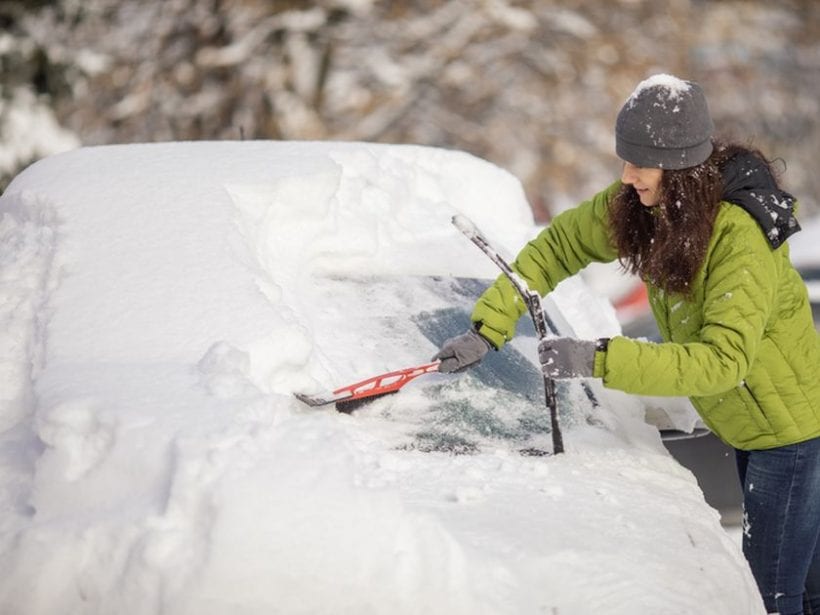We’re now in the depths of winter, where ice covers the windshield, the roads become slippery when driving, and your car needs to warm up before reversing off the drive.
Regardless of your vehicle, the winter months can take a toll on your vehicle, especially if you don’t appropriately prepare for the cold, frost, and the occasional stuck windscreen wiper. Therefore, this article will provide you with several tips on how to prepare your vehicle, beginning with an annual winter service. In case you hadn’t heard, the cold is already here. The most difficult season to drive is approaching, and you have to have everything ready to avoid any scares. That’s why we advise you on how to prepare your car for winter.
Although winter does not become official until December 21, the freezing temperatures are here, and it will still take several months to go away. At this time of year, it is essential to be careful not only when driving, but also the condition of our vehicle. That’s why here we leave you a series of tips on how to prepare your car for winter. It is a very beautiful season, but not being prepared can cause problems.
First of all, let us tell you that this time of year is not only known for low temperatures, but also for changing weather conditions, which is never comfortable when driving, as soon as it rains, as it freezes, as it is sunny or even snowing. We cannot control this, but we can be better prepared.
Get your car serviced
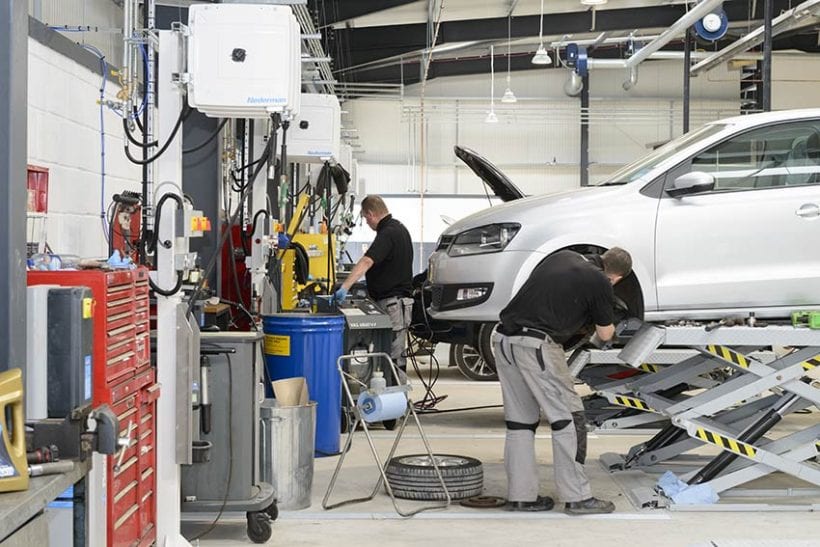
Ideally, you should have your car and tires serviced using a trusted auto service center such as jackwilliams.com before the winter months start. However, if this isn’t possible, you should book in for a service as soon as possible, especially if you haven’t had one done in a while.
The cold can cause a lot of problems for your car, particularly if your vehicle already has underlying issues. Simply book in for a “winter check-up” at your local garage, ensuring your vehicle is prepared for the frosty months that lie ahead.
The main one in this case is the coolant / antifreeze. The use of common water is not recommended at this time due to its low freezing point, 0ºC. Instead it is best to change it for liquids prepared to withstand low temperatures, reaching -40ºC. This way we will avoid putting the engine in serious risk of breakage, in addition to ensuring a start, no matter how cold it is.
Neither should you neglect the rest of the fluids in the car; brakes, power steering, oil, gearbox … They do not have the same level of prominence as antifreeze, but it is another point to take into account to avoid breakdowns. Do not forget to check the condition of the sleeves, because with low temperatures their integrity can be affected, even breaking.
Check the vehicle’s battery
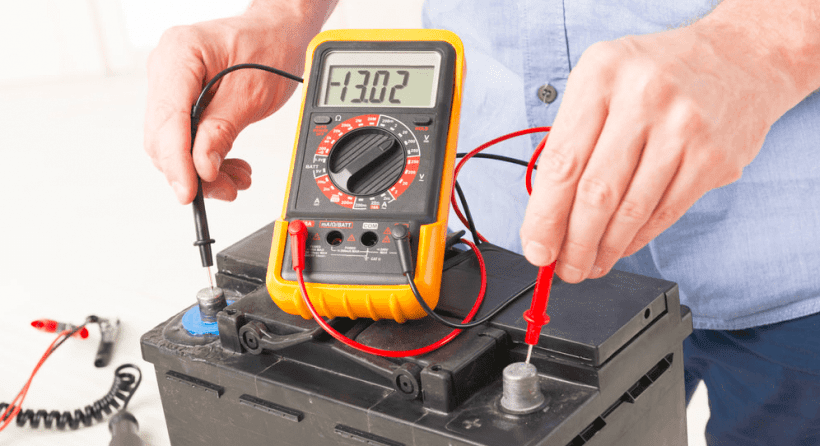
During the winter months, it’s often the vehicle’s batteries that fail first. Usually, these get too cold and cannot start, reducing the output (this is also a combination of increased use of lights and heat inside the car).
If your vehicle is already having trouble starting, it is likely worth getting this checked out as soon as possible, perhaps getting this replaced if required.
Did you know: the average life of a battery for a vehicle is five years?
Check the tires
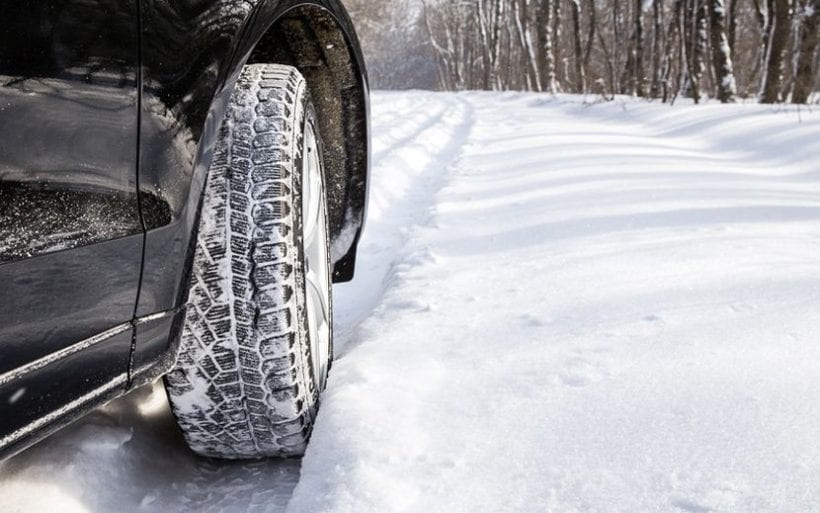
The first thing we have to monitor is the general condition of the tires. It is the only point of contact with the asphalt and they deserve our full attention. Monitor pressures and wear. Although the law sets a limit of 1.6 millimeters, it is recommended that in these times we do not drive with a tread below 3 millimeters. The deeper it is, the greater the evacuation capacity and the greater grip.
For years tire manufacturers have had a wide range of tires prepared for the cold, working especially well below 7ºC. If you choose not to change them, something logical given our usual climate, it is absolutely necessary that if you are about to travel to more complicated terrain, you always carry the chains or the various systems that currently exist on the market with you. Finally, check that the spare wheel is also in correct condition.
Antifreeze liquid is best for this time of year due to its high freezing temperature
Alongside failing batteries, one of the leading causes of accidents is worn down tire treads. Over time, the treads on your tires naturally wear down. The rate of this is dependant on how you drive, the environment you live in, and how far you drive on the regular.
However, during the winter months, your tires are forced to work that little bit harder, struggling to grip the road, especially when it’s wet or covered in inches of snow.
Ideally, you should check the condition of your tires and their treads before the winter months commence. But if this is already too late, consider booking a winter inspection with your local garage.
Analyzing the quality of your tires now will increase your safety on the road, and may even save you a bunch of money should all tires need to be replaced at once.
Lighting
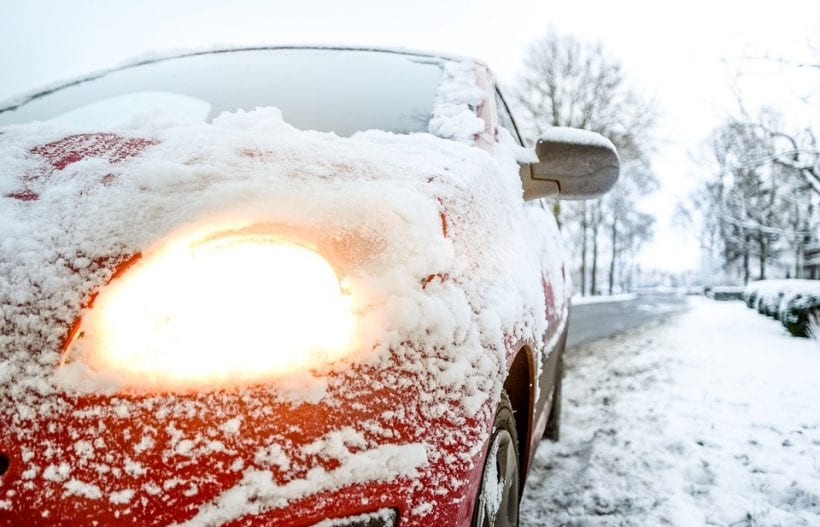
Although new lighting technologies work miracles when it comes to seeing in low visibility conditions, it is always advisable to pay a little attention to them. The Xenon and LED systems have automatic regulation, so little can be done, however the traditional halogens allow a regulation in height that we will have to review.The glass of the lenses should be as clean as possible in order to have the maximum possible illumination.
To these we have to add the anti-fog. We have already given you some tips on how to use them properly. There is no problem driving with the front ones, as they allow greater illumination of the sides, in addition to being essential for foggy situations. The rear, for its part, are mandatory when visibility drops. It is so important to see how to be seen. But be careful not to abuse the latter, as they can annoy other drivers. Use them when necessary, and see that they all show up.
Prepare for a breakdown…
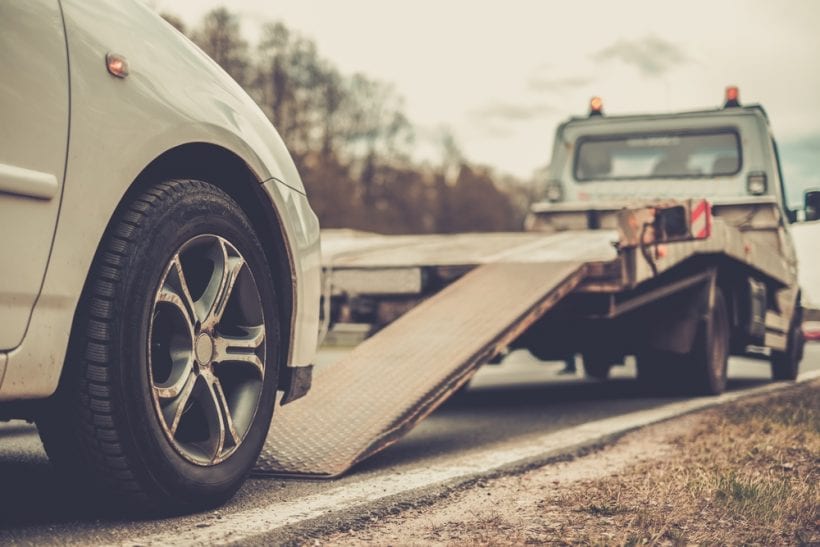
Finally, although far from ideal, all road users should prepare for a breakdown when driving in the winter. With the colder mornings, darker nights, and slippery surfaces, crashes and breakdowns are more likely.
Ensure to pack a winter breakdown kit, including items such as:
- Snow grips
- A torch
- Shovel
- Blanket
- A spare tire
- Screenwash
- Food and water
- Other essential supplies
To conclude
Preparing your vehicle for the winter is essential, increasing your safety on the road and perhaps even saving you a bunch of money on repairs and replacement parts, such as tires and batteries.
Book in with a local garage or mechanic today to drive safer tomorrow.

